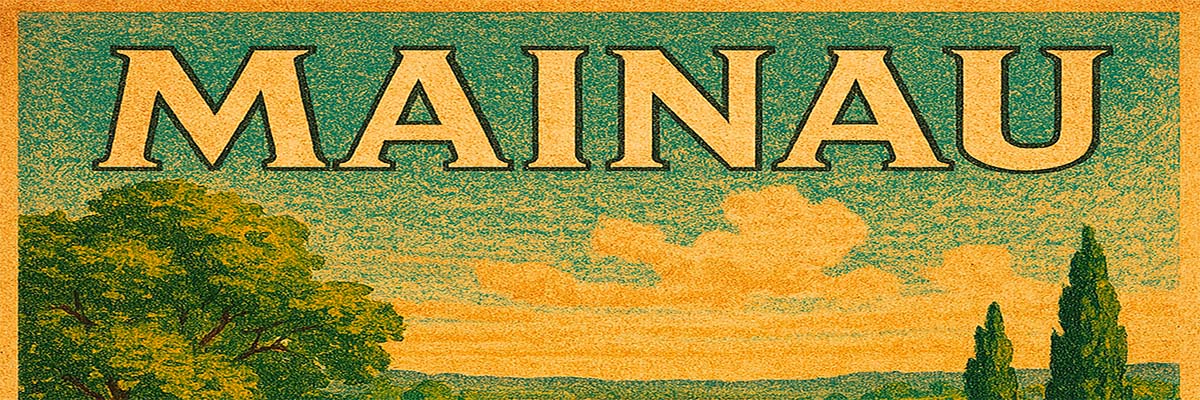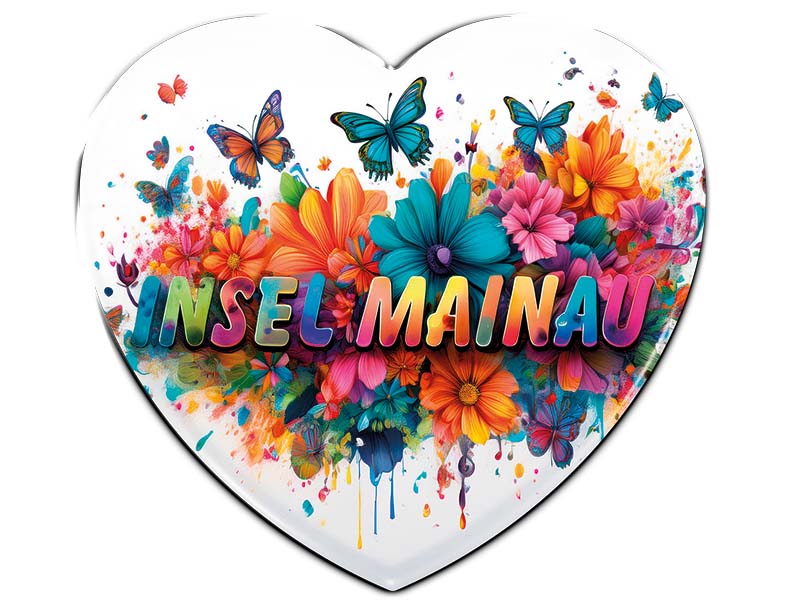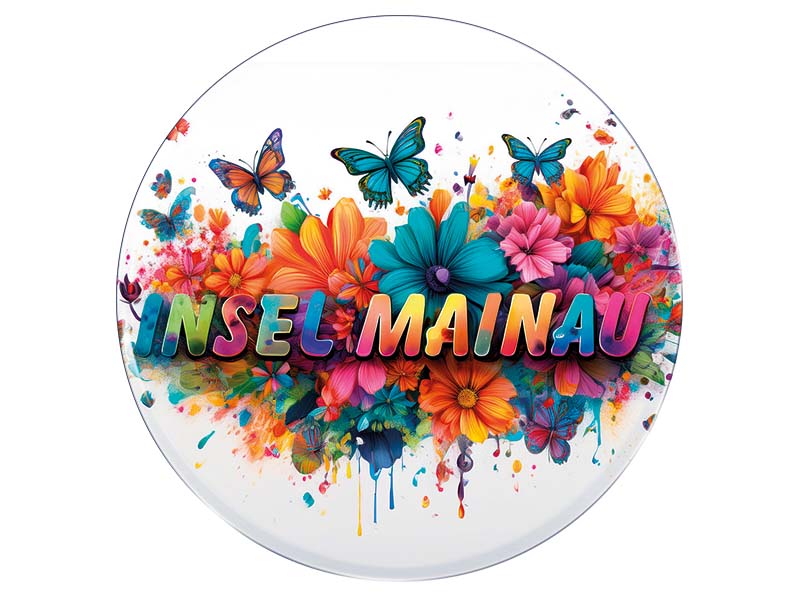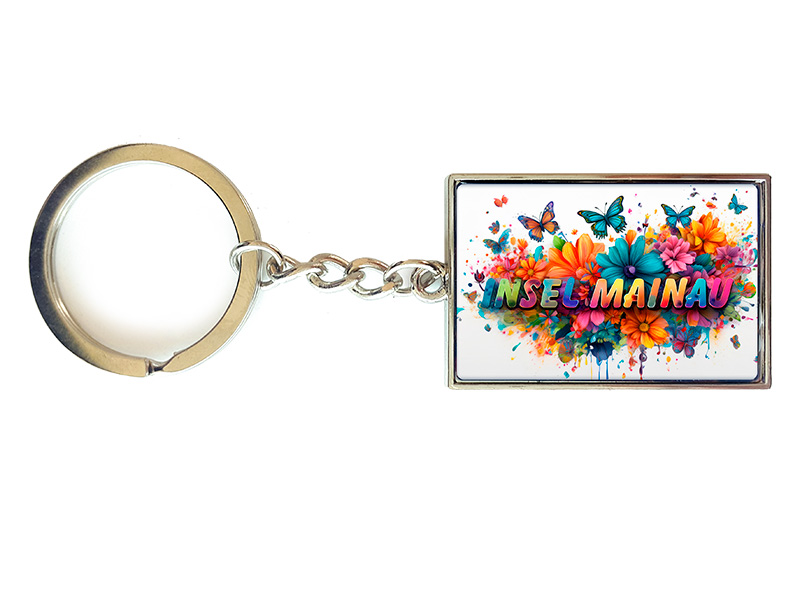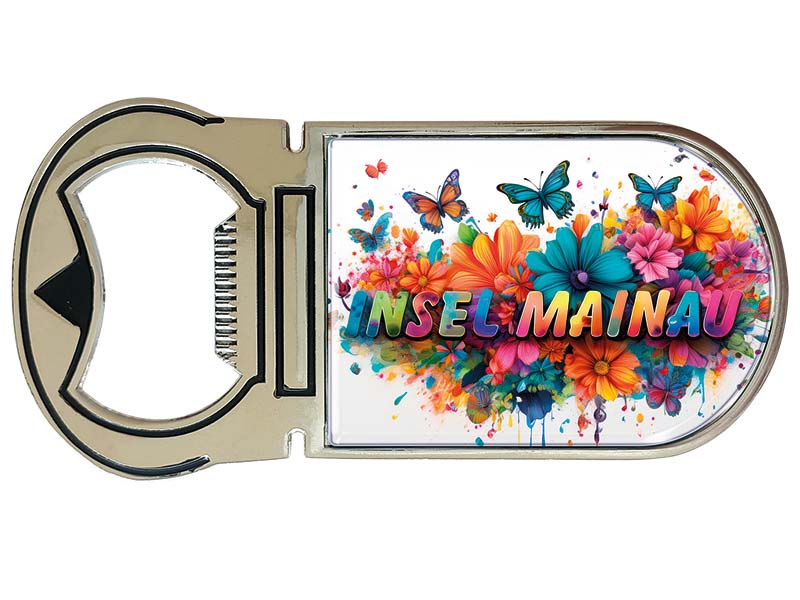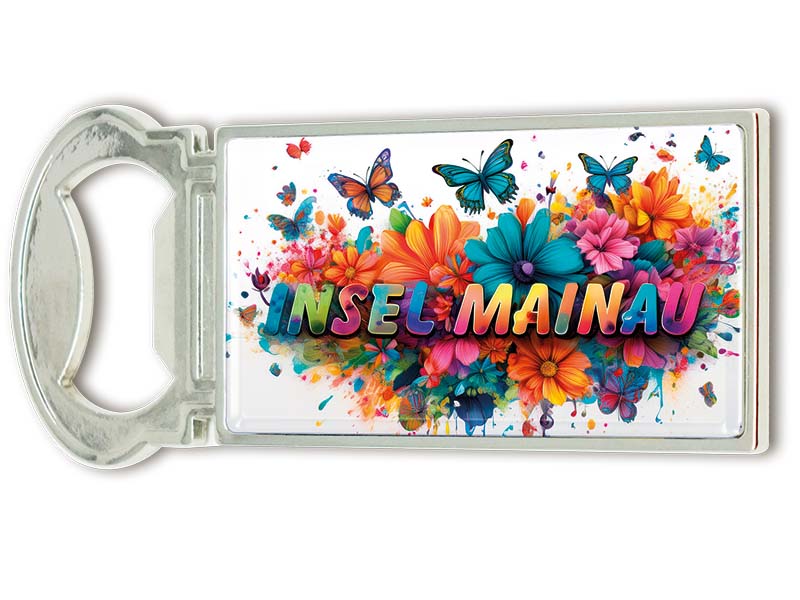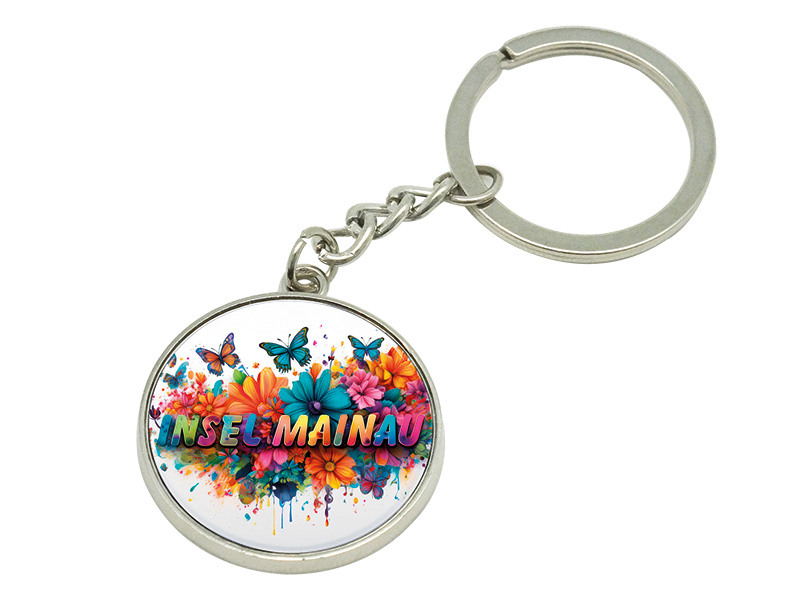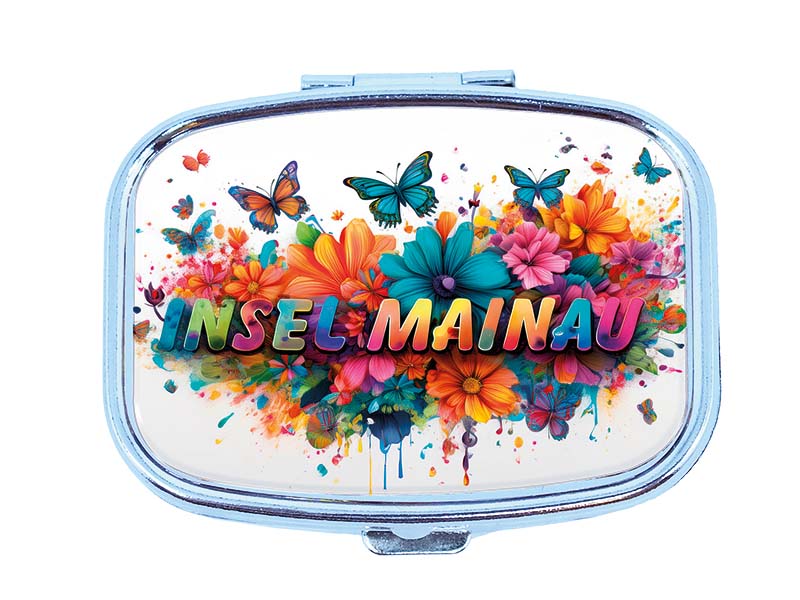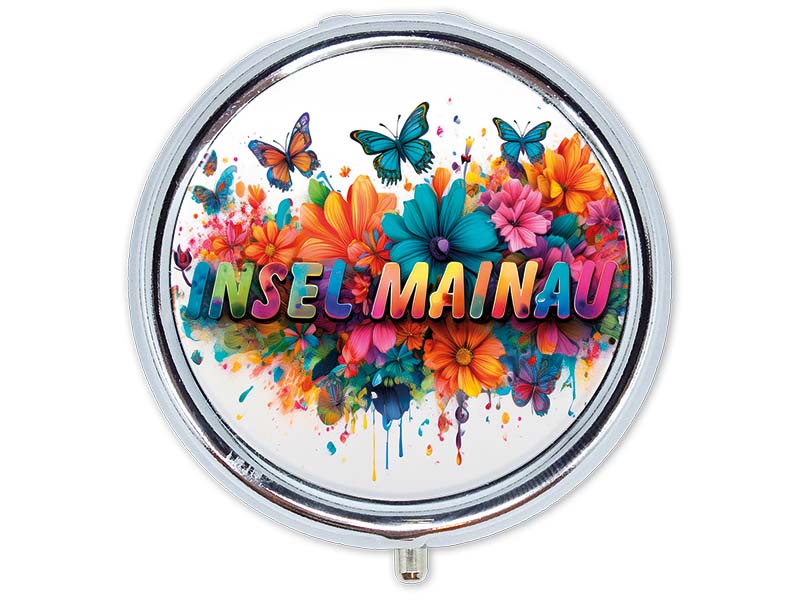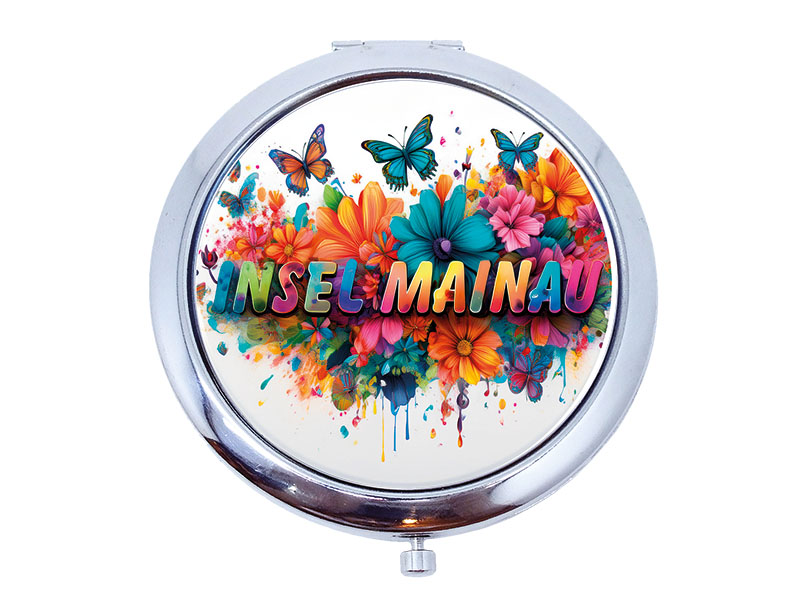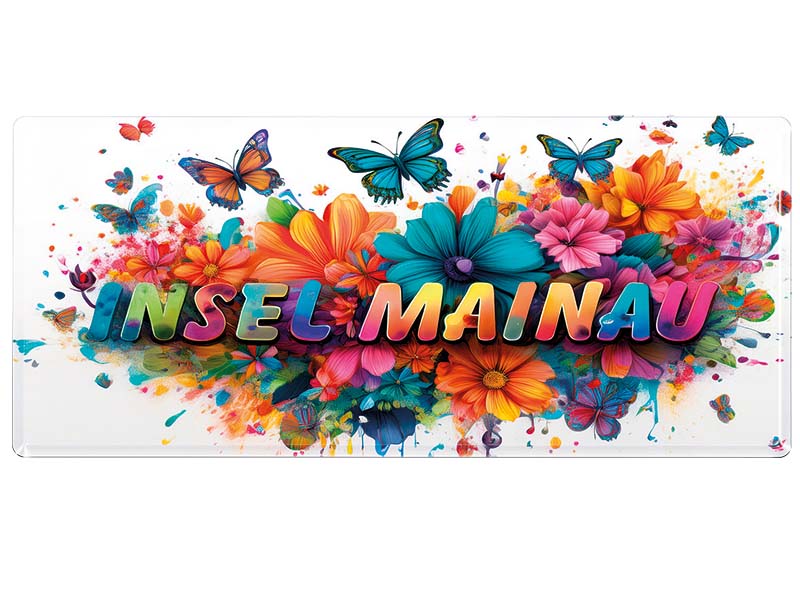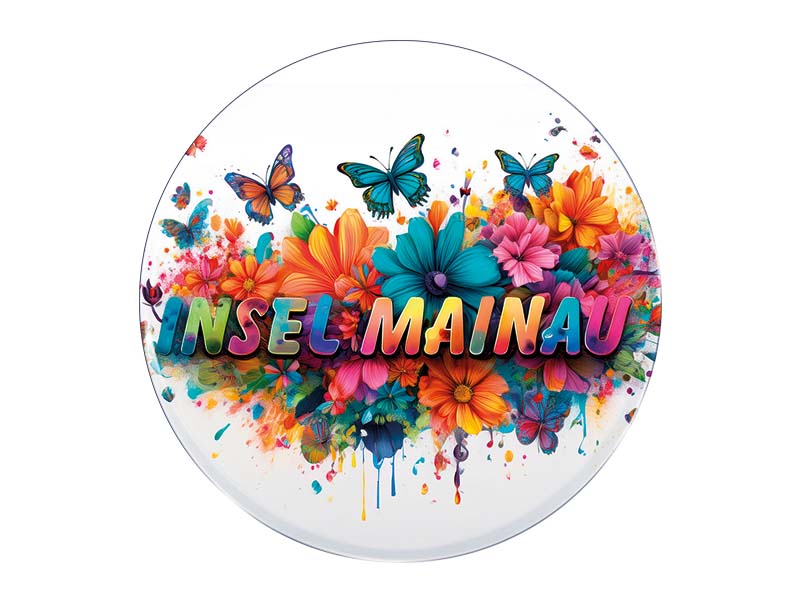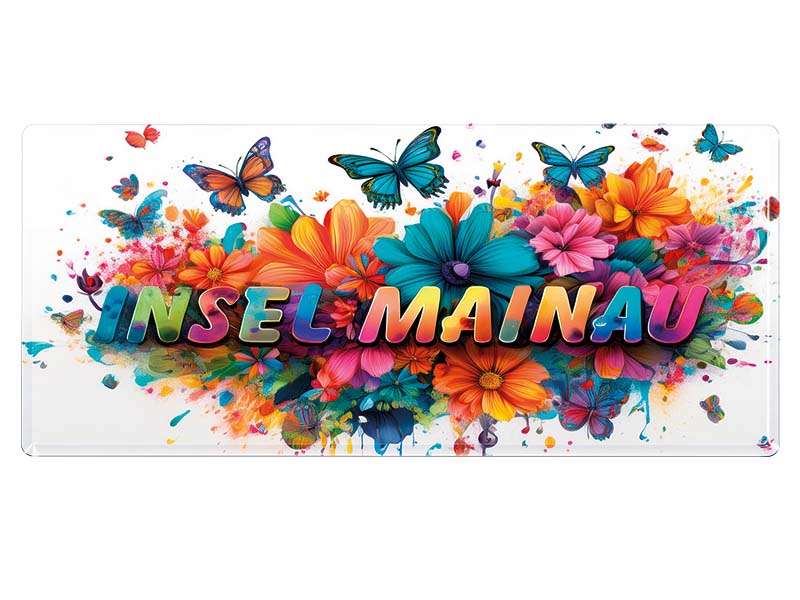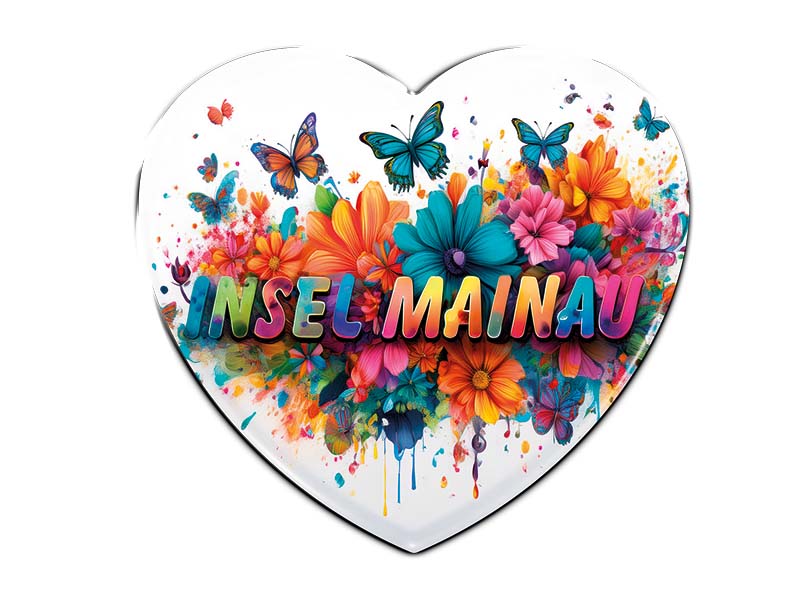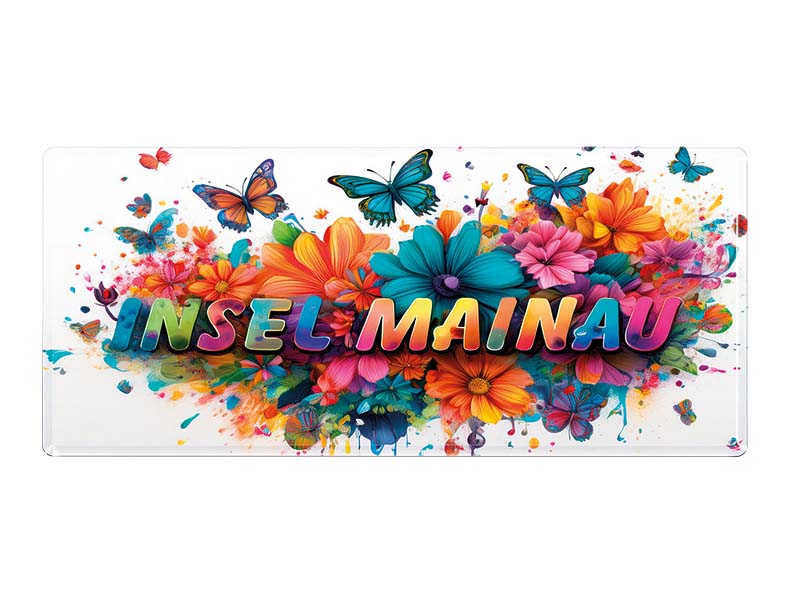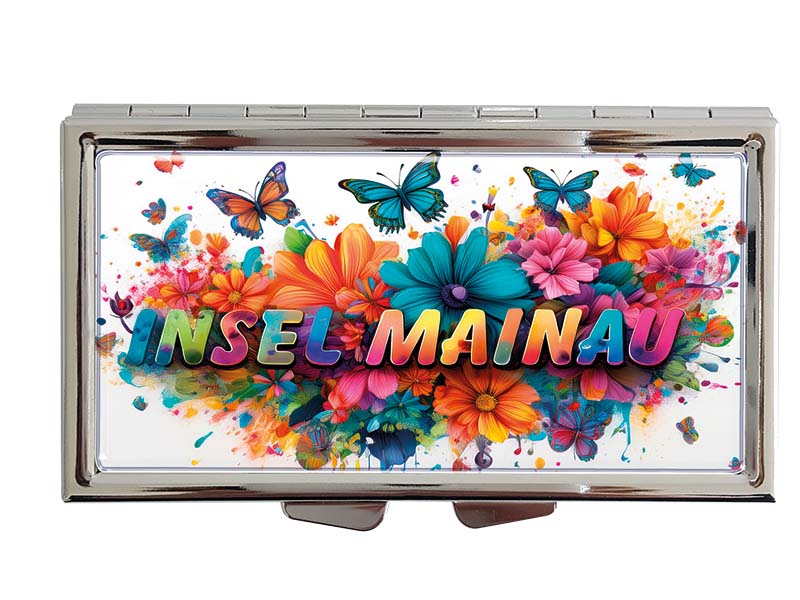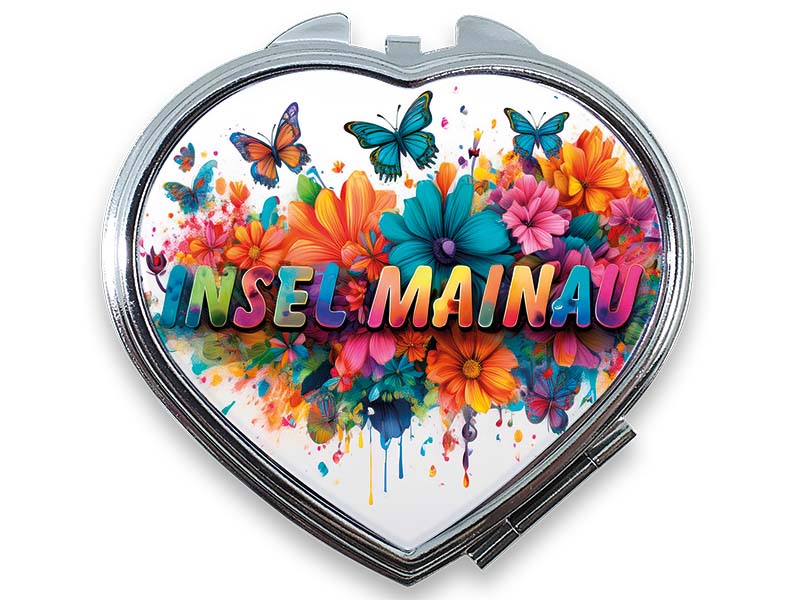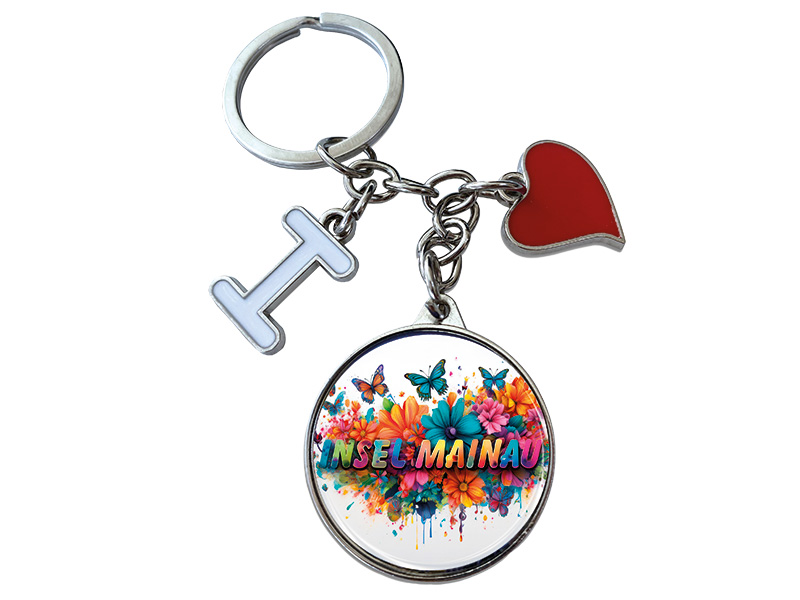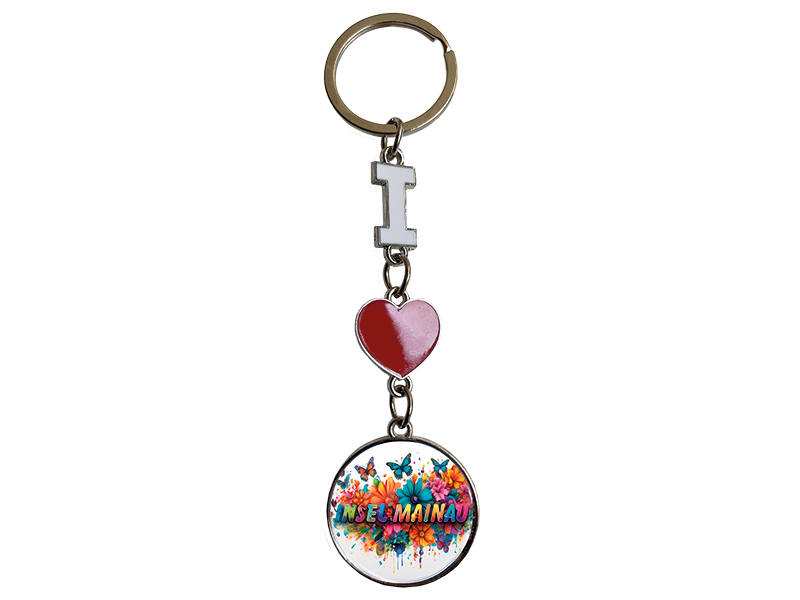- Vehicles
- Figures
- Witches
- Carnival
- Canvas
- Magnets
- Materials
- Maritime
- Hats
- New products
- Personalize
- Plush
- Dolls
- Collectible figures
- Keychain
- Special production
- %Special offers%
- Money boxes
-
Cities - Regions
- Bad Säckingen
- Bamberg
- Bayerischer Wald
- Berchtesgaden
- Berlin
- Bodensee
- Bremen
- Brocken
- Chiemsee
- Cochem
- Dinkelsbühl
- Dresden
- Eibsee
- Frankfurt
- Freiburg
- Gardasee
- Garmisch-Partenkirchen
- Hamburg
- Harz
- Heidelberg
- Helgoland
-
Insel Mainau
- Kleinwalsertal
- Koblenz
- Köln
- Königssee
- Leipzig
- Lübeck
- Mecklenburgische Seenplatte
- München
- Nürnberg
- Oberammergau
- Passau
- Potsdam
- Quedlinburg
- Regensburg
- Rothenburg
- Rügen
- Schwarzwald
- Stuttgart
- Sylt
- Titisee
- Traunsee
- Triberg
- Ulm
- Wernigerode
- Bags/Backpacks
- Textile
- Animal
- Subjects
More information? sign in.
More information? sign in.
More information? sign in.
More information? sign in.
More information? sign in.
More information? sign in.
More information? sign in.
More information? sign in.
Mainau Island – The Flower Island on Lake Constance
Mainau Island, affectionately known as the "Flower Island of Lake Constance," is one of Germany’s most famous and beloved tourist attractions. Located near the city of Konstanz, this lush island welcomes over a million visitors each year with its breathtaking gardens, stunning natural beauty, and rich cultural history. The following text provides a comprehensive overview of Mainau’s history, geography, population, tourist attractions, culinary highlights, famous residents, and typical souvenirs.
Geographical Location and Federal State
Mainau Island covers about 45 hectares (roughly 111 acres) and lies in the southwestern part of Germany in Lake Constance (Bodensee), specifically in the Überlinger See, the lake’s northwestern section. The island is part of the city of Konstanz and belongs to the federal state of Baden-Württemberg. It is accessible via a pedestrian bridge from the mainland and benefits from the mild lake climate, which supports its lush vegetation and diverse flora.
Geological Formation
Mainau Island was formed during the last Ice Age approximately 14,000 years ago, shaped by glacial activity. As the glaciers retreated, they created the basin that is now Lake Constance. Deposits and tectonic activity eventually led to the formation of several islands within the lake, including Mainau. Its fertile soil and temperate microclimate have made it an ideal location for botanical cultivation.
Historical Background
Mainau’s history stretches back to Roman times. Archaeological evidence suggests that the island was inhabited in ancient times. During the Middle Ages, it was owned by the famous Reichenau Monastery before coming under the control of several noble families.
In 1272, the island was acquired by the Teutonic Order, a Catholic military order, which established a commandery there. They constructed the island’s most prominent historical buildings, including the Baroque church of St. Marien.
In the 19th century, the island came into the possession of the Grand Dukes of Baden. One of the most influential figures in Mainau's history was Grand Duke Friedrich I of Baden, who in 1853 began transforming the island into a botanical garden filled with exotic plants and landscaped parks.
In 1932, the island was purchased by Count Lennart Bernadotte, a descendant of Friedrich I and a member of the Swedish royal family. He dedicated his life to preserving and expanding Mainau as a public garden paradise. In 1974, he transferred the island to the Lennart-Bernadotte Foundation, which still manages and maintains the island today.
Population
Despite being a working island year-round, Mainau has a very small permanent population. Only about 20 people officially reside on the island, most of whom are employees of the foundation or members of the Bernadotte family. The island functions more as a tourist and conservation destination than a residential community.
Main Attractions
Mainau Island is primarily known for its breathtaking gardens and plant collections, but it also offers a variety of attractions for all ages:
1. Floral Displays and Garden Art
Mainau’s ever-changing seasonal floral displays are its signature feature. Spring brings millions of tulips, followed by roses in summer and vibrant dahlias in autumn. The Italian Floral Water Staircase, surrounded by Mediterranean plants and palm trees, is one of the island's most photographed spots.
2. Mainau Castle
This Baroque palace, originally built in the 18th century by the Teutonic Order, once housed the Grand Dukes of Baden. Today, it hosts events, exhibitions, and official receptions. The surrounding castle park is home to ancient trees and scenic walking paths.
3. St. Marien Church
The Baroque church, built between 1732 and 1739, is a stunning example of religious architecture and still serves as a venue for weddings and concerts.
4. Butterfly House
Germany’s second-largest butterfly house is a tropical indoor jungle where hundreds of butterflies from all over the world flutter freely—a favorite among children and nature lovers alike.
5. Palm House
Built in 1888, the Palm House features tropical plants like orchids, palms, banana plants, and vanilla vines. It is a haven for those seeking exotic greenery.
6. Children’s World
Mainau also caters to young visitors with its Kinderland, which includes a petting zoo, a large playground, and interactive nature exhibits.
Tourism – Annual Visitors
Mainau Island is one of Germany’s top tourist destinations. Each year, it attracts between 1.2 and 1.5 million visitors from around the world. Most visitors come during the flowering seasons in spring and summer, but the island also hosts winter exhibitions and festive markets. Thanks to excellent infrastructure, Mainau is easily accessible by car, bus, bike, and boat.
Famous Residents
Mainau has been home to several notable individuals, particularly from the Bernadotte family, who have played a major role in shaping the island's legacy.
The most famous figure is Count Lennart Bernadotte (1909–2004), a Swedish nobleman and visionary botanist. His dedication transformed Mainau into the flourishing garden island we know today.
His daughter, Countess Bettina Bernadotte, currently leads the Lennart-Bernadotte Foundation. She is known for her engagement in environmental education and the hosting of scientific events, such as the Lindau Nobel Laureate Meetings, which often include visits to Mainau.
While Mainau is not a birthplace of celebrities, it regularly hosts well-known figures from science, politics, and the arts during its events and conferences.
Typical Food and Drinks
Mainau Island offers several restaurants and cafés that focus on regional and seasonal cuisine. Traditional dishes from the Lake Constance area are a highlight for many visitors.
Typical Dishes:
-
Lake Constance Whitefish (Felchen): A local freshwater fish, usually served grilled or smoked.
-
Swabian Cheese Spätzle: Homemade egg noodles with melted cheese and crispy onions.
-
Obatzda with Pretzels: A Bavarian cheese spread served with soft pretzels.
-
Maultaschen: Large pasta pockets filled with meat and spinach, served fried or in broth.
Typical Drinks:
-
Lake Constance Wine: Especially white wines like Müller-Thurgau and Pinot Gris (Grauburgunder) from nearby vineyards.
-
Apple or Pear Cider (Most): A lightly alcoholic regional favorite.
-
Herbal Teas: Often made from herbs grown on the island.
Most restaurants on Mainau emphasize sustainability and use local produce whenever possible.
Typical Souvenirs
Visitors to Mainau often want to take a piece of the island home with them. Popular souvenirs include:
-
Flower seeds and bulbs: From the island’s famous gardens, allowing visitors to grow their own Mainau-inspired flowers.
-
Local wines and fruit brandies: Sourced from Lake Constance wineries.
-
Blossom honey and herbal products: Often made from plants grown directly on the island.
-
Postcards, books, and calendars: Featuring stunning imagery of Mainau’s gardens and landscapes.
-
Handcrafted soaps and ceramic goods: Inspired by the island’s natural beauty.
-
Butterfly-themed gifts: Especially popular with children.
Conclusion
Mainau Island is more than just a tourist attraction—it's a living masterpiece of nature, history, and sustainability. From its roots in ancient times through medieval monastic ownership and noble gardening traditions, Mainau has evolved into a vibrant sanctuary for nature lovers and families. With its blooming landscapes, rich history, and forward-thinking environmental education, Mainau stands as a symbol of harmony between people and nature.


